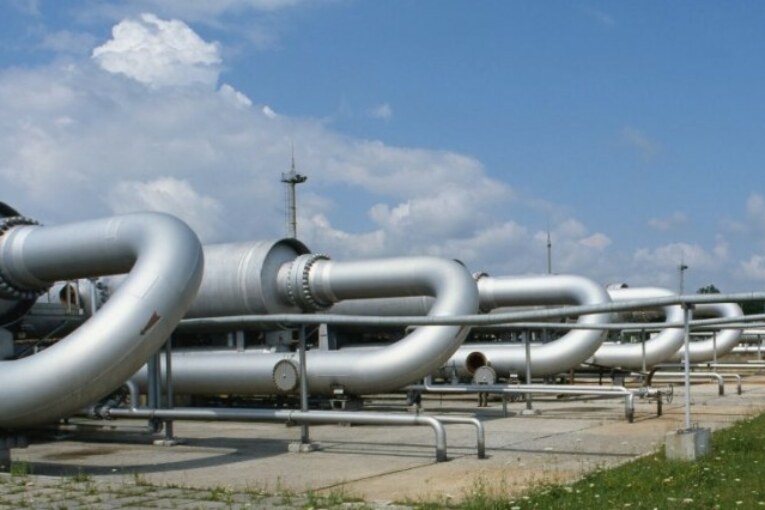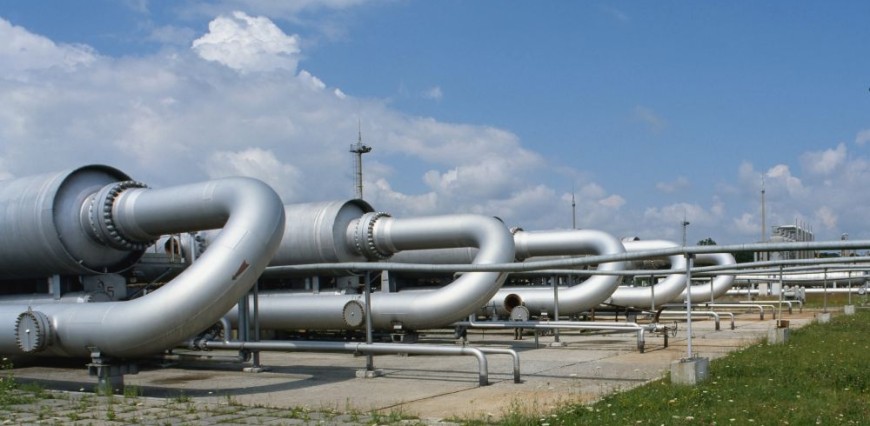

U.S. natural gas futures fell more than 3% to a fresh nine-month low on Thursday on forecasts for warmer weather for the next two weeks than previously expected.
The price drop came ahead of a federal report that is expected to show a much bigger-than-usual storage draw last week as a winter storm that swept across large parts of the country raised heating demand for the fuel.
Analysts forecast U.S. utilities pulled 201 billion cubic feet (bcf) of natural gas from storage during the week ended Dec. 23. That compares with a withdrawal of 125 bcf during the same week a year ago and a five-year (2017-2021) average of 106 bcf.
If correct, last week’s decrease would cut to 3.124 trillion cubic feet (tcf), about 3.7% below the same week a year ago and 2.3% below the five-year average.
On their first day as front-month, gas futures slipped 16.4 cents, or 3.5%, to $4.520 per million British thermal units (mmBtu) by 09:46 a.m. EST (1446 GMT), its lowest level since mid-March.
“The weather forecasts indicate above normal temperatures in most part of the country,” said Phil Flynn, senior analyst at Price Futures Group in Chicago.
“Also the concerns about the dip in production and the frozen pipelines have gone away… So that’s why we’ve seen the big reversal in fortunes in this market.”
Data provider Refinitiv estimated 315 heating degree days (HDDs) over the next two weeks in the Lower 48 U.S. states, down from 327 HDDs estimated on Wednesday. The normal is 439 HDDs for this time of year.
HDDs estimate demand to heat homes and businesses by measuring the number of degrees a day’s average temperature is below 65 degrees Fahrenheit (18 degrees Celsius).
With the weather expected to turn mild in early January, Refinitiv projected that average U.S. gas demand, including exports, would drop from 142.6 bcfd this week to 111.6 bcfd in the next week.
Gas output was up about 10 bcfd over the past four days in the U.S. Lower 48 states after dropping to 80.4 billion cubic feet per day (bcfd) on Saturday, its biggest drop in daily output since the February freeze of 2021.
U.S. daily demand from the four biggest gas-consuming sectors – residential, commercial, power and industrial – reached an all-time high of 148.5 billion cubic feet (bcf) last Friday, according to Refinitiv data.
British and Dutch prompt wholesale gas prices rose on Thursday due to lower Norwegian gas exports and French nuclear output, but strong wind and mild weather capped the gains.
Freeport LNG said on Friday it was again delaying the restart, this time from the end of the year to the second half of January, pending regulatory approval.
The Freeport plant shut on June 8 after a pipe failure caused an explosion due to inadequate operating and testing procedures, human error and fatigue, according to a report by consultants hired to review the incident and suggest action.
You can read more of the news on source



